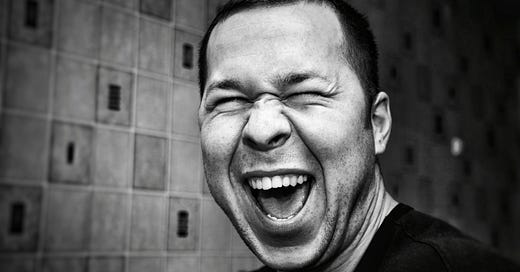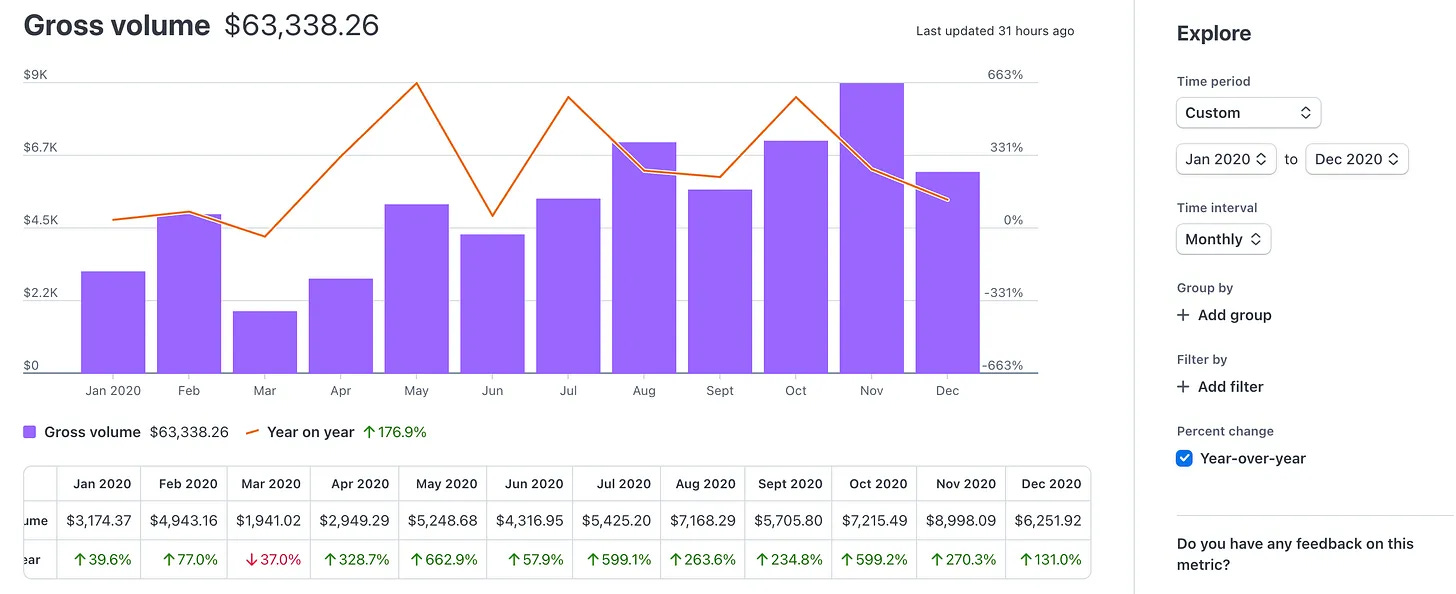"Charge More" Is Bad Advice. Here's What to Do Instead
Why $497 got me more clients than $2,000 ever did
“Raise your rates!”
Really?
But what if that advice is quietly killing your business?
Here’s the story of how I stopped following the gurus and started earning smarter.
What Raising My Prices Really Got Me
I still remember the day I decided to raise my prices “like a real entrepreneur.”
I had just read yet another post from a business coach who said,
“If you’re not charging premium, you’re telling the world you don’t believe in your value.”
Ouch. That stung.
At the time, I was charging around $800 for a custom brand identity.
I was booked out with clients who weren’t perfect, but the work was steady.
Still, I felt like I wasn’t playing big enough, there’s the occasional scope creep, haggling of quotes and drama.
So I jumped.
Updated my website.
Changed my pricing from $800 to $2,500.
No new offer. No new positioning. Just a new number.
And I waited.
One week: no inquiries.
Two weeks: nothing.
Three weeks: one inquiry… that ghosted right after I sent the price.
I went from fully booked to fully invisible.
Turns out, shouting higher numbers into the void isn’t the same as charging strategically.
The Truth No One Talks About
Here’s what I learned the hard way:
You don’t get better clients by charging more.
You get better clients by creating a better offer, and positioning it for the right people.
I had skipped that part. I thought I could just change the number and everything else would fall into place.
But premium pricing without premium clarity?
It doesn’t convert.
People don’t just buy based on what you think you’re worth.
They buy based on what makes sense to them.
It’s Not About the Price. It’s About the Packaging.
Later on, when I built my productized service business, I completely changed the way I thought about pricing.
Instead of asking,
“What should I charge for this?”
I started asking,
“How can I make this offer feel like a no-brainer for the exact client I want?”
The biggest shift wasn’t the price itself, it was how I framed the price.
And it worked.
Because let’s be honest: Clients don’t sit around wondering how to pay you more.
They want their problem solved: fast, clearly, and with confidence.
A Real Client Story (This One Still Makes Me Smile)
One of my clients whom I mentored, let’s call her Jen, was a freelance designer.
She came to me feeling burned out.
She was charging $1,200 for custom logos, trying to “raise her rates” to hit $2,000+.
But every time she quoted that number, people vanished.
She was doing free discovery calls, proposals, custom scopes, back-and-forth emails… only to end up with ghosted leads or nickel-and-dime clients.
She wasn’t the problem. Her process was.
I know that because I’ve experienced this before.
So we flipped it.
Instead of selling “custom logos,” we turned her offer into a product like what I did to mine:
The Brand Sprint: a $497 flat-fee package that included:
✓ A logo
✓ A custom color palette
✓ Canva-ready assets
✓ Delivered in 5 days
✓ No calls, no revisions, no drama
That week, she booked three clients.
All paid upfront.
No chasing invoices and late payment.
Her revenue didn’t dip. Her profit actually increased.
Because she finally had a system that made it easy for clients to say yes.
Before her, I spent 2 years considering what to package while hundreds made millions before me.
I realised, every day you wait, someone else gets ahead.
FOMO, I joined a mastermind group ran by Dan Norris, former WP Curve founder, learned everything there, reverse engineered what others did.
Then I made my first 5-figure business.
You don’t need to overthink your rates.
You need to offer the right thing, the right way.
It’s all about spotting patterns of high-demand productized services.
I documented my success process:
– What to ignore
– What to double-down on
– What people buy over and over to retain them
– What makes a painkiller so good, people can’t ignoreNow multi-national conglomerates recontract my services year after year.
If you want a faster way to spot high-demand services people are already searching for to make recurring cashflow…
→ Stop wasting time guessing. Grab The Gap Spotter Cashflow Playbook here.
Now, let’s talk about making more money without charging more.
Why “Charging Your Worth” Can Be a Trap
We’ve all heard it:
“You’re not charging enough. Know your worth!”
But here’s the problem: Your worth is infinite.
You’ve got years of experience.
You’ve invested in skills.
You’ve delivered great work.
But pricing isn’t about you. It’s about the value of the outcome in the eyes of your client.
You might be worth $10,000 a day.
But if your offer is vague, custom, or hard to understand , no one will pay it.
What feels like “low-paying clients” is often just unclear positioning.
People aren’t disrespecting you, they’re just confused.
Let’s Bust a Few Pricing Myths
Myth 1: Premium pricing = premium respect
Not true. Respect comes from clarity and trust.
If your process is messy or undefined, a high price won’t fix it.
Myth 2: You can’t raise prices in your industry
False. You can charge more, but only if your offer is clearly packaged to solve a problem better or faster than alternatives.
Myth 3: Higher prices attract better clients
Not always. Higher prices attract clients who are ready. But “better” depends on fit, not fee.
Some of my favorite clients came from modest budgets but had crystal clear goals and trusted the process.
Myth 4: Charge more until it scares you
Please don’t. Charge what’s strategic, not what’s scary. There’s a big difference between a bold stretch and a blind leap.
So What Should You Do Instead?
Here’s what worked for me, and now, for the clients I coach:
1. Start with the outcome, not the service
Don’t sell design. Sell transformation.
Instead of “3 logo options,” sell a complete brand foundation that your audience will recognize and trust.
2. Turn your service into a product
Give it a name. Set clear deliverables. Fix the price.
Make it something people can buy without a sales call.
3. Price based on clarity, not ego
Ask yourself:
“If I were my ideal client, would this price make immediate sense for the result I want?”
If the answer is yes, you’re on the right track.
4. Make the buying decision effortless
The goal isn’t just to “get paid more.”
The goal is to make saying yes easy for the right person.
That means:
✓ No vague deliverables
✓ No over-customization
✓ No drawn-out back-and-forth
It’s the opposite of what most freelancers do.
My Favorite Pricing Filter
Here’s a question I always ask when I create a new offer:
“Could someone buy this while drinking coffee on their phone, without needing a call, proposal, or follow-up?”
If not, it’s probably too complex.
Simplify until it clicks.
You can always raise the price once the system converts predictably.
But start by making it easy to buy.
You’re Not a Price Tag. You’re a Problem Solver.
You don’t need to prove your value with a high number.
You prove your value by solving a real problem in a clear, confident way.
Your pricing should be a reflection of the clarity you provide, not the complexity of your craft.
That’s what makes people say yes.
Not because you’re “worth it” (you are).
But because it finally feels like the solution they’ve been searching for.





